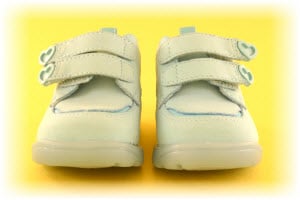Vasectomy Reversal vs. IVF – Which is Better?

Having a baby after a vasectomy is an important decision. Besides deciding to have a child, you will need to choose the optimal method for conceiving. There are generally two options: a vasectomy reversal or in vitro fertilization (IVF) with sperm retrieval.
In Vitro Fertilization (IVF)
IVF is a procedure that fertilizes an egg in the laboratory, using sperm collected from the male and eggs collected from the female. For men that have had a vasectomy, a sperm retrieval procedure will be required. There are many positives and negatives about the IVF process:
- Often achieves pregnancy faster
- Addresses male and female fertility factors
- Costs thousands of dollars more than a vasectomy reversal
- IVF expenses are magnified further if you want to have more than 1 child
- Egg retrieval process is time consuming and requires heavy medication
- Greater risk of having multiples
Vasectomy Reversal
A vasectomy reversal is a minor surgical procedure that allows sperm to return into the semen and ejaculate. Sperm usually returns within a few months after the vasectomy reversal surgery, and after this, you and your partner can try to conceive in a traditional fashion. Deciding between IVF and a vasectomy reversal can be a difficult decision. View the positive and negatives of vasectomy reversal surgery:
- Vasectomy reversal costs are more affordable
- It is a permanent solution, saving you more money the more kids you want to have
- Vasectomy reversal surgery has high success rates
- You can become pregnant with traditional intercourse
- Minimal pain and recovery time
- Sperm can take several months to return to the ejaculate, thus slowing the conception process
- Doesn't address any female fertility challenges
Learn more about vasectomy reversal, IVF and fertility costs. For insight into your unique situation, schedule a fertility consultation.






